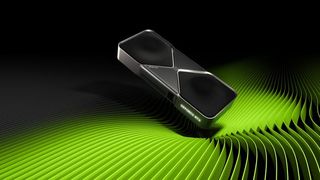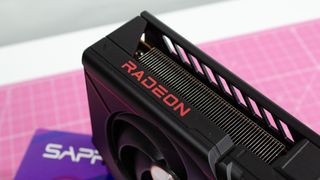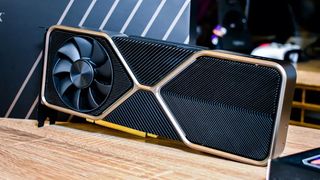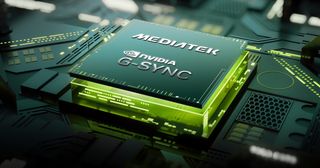
Welcome to TechRadar’s GPU channel. Here, we’ve pulled together all the latest news, reviews, analysis, and more for all things GPUs and graphics cards. While most of our focus is going to be on desktop graphics, we also dive into mobile GPUs for laptops and professional-grade GPUs as well.
The GPU market has been shaken up in recent years, so it’s definitely kept us busy, whether it’s extensively testing to find the best graphics card on the market, or crunching the numbers to find the best cheap graphics card that matches great performance with an accessible price point.
We cover all the best 1080p graphics cards, the best 1440p graphics cards, and the best 4K graphics cards so you can find the information you want, no matter your need and budget.
Latest about GPU

Asus primes us for integrated graphics making discrete GPUs irrelevant
By Darren Allan published
CES 2026 Ready for integrated graphics to take over from discrete GPUs? Asus believes 'it's just a matter of time' now.

Nvidia’s next-generation RTX 60 series GPUs rumored to be on track to launch next year
By Matt Hanson published
Nvidia’s next gen RTX 60 GPUs could arrive just in time for GTA 6’s PC port – but could the RAM apocalypse cause problems?

AMD exec: Radeon GPU stock won't be an issue, but price rises are likely
By Darren Allan published
CES 2026 In the face of the RAM crisis, AMD exec assures us Radeon GPU stock shortages aren't a concern – but price rises are likely.

Nvidia CEO hints older graphics cards may return to solve GPU price crisis
By Darren Allan published
CES 2026 Fed up with high gaming GPU prices caused by AI demand? Nvidia's solution could be AI, ironically – or even to bring back older GPUs.

Nvidia's new G-Sync Pulsar update for motion clarity is a big win for PC gamers, and here's why
By Isaiah Williams published
CES 2026 Nvidia's G-Sync technology has just levelled up, with G-Sync Pulsar now the answer to stutter and motion blur-free gameplay.

Nvidia announces DLSS 4.5 at CES - but will it be enough to silence the 'fake frames' haters?
By Christian Guyton published
CES 2026 Nvidia had a lot to talk about at CES 2026, but current GPU prices mean Team Green is starting off the new year on decidedly uneven footing.

Nvidia's CES 2026 keynote live - all the latest news from the GPU and AI superpower
By John Loeffler last updated
What will the GPU giant unveil at CES 2026? We have all the breaking news

Nvidia RTX 5000 GPUs are reportedly hit by shortages due to RAM crisis
By Isaiah Williams published
PC gaming could be in disarray in 2026, if reports of Nvidia RTX 5000 GPU shortages continue to surface.
Sign up for breaking news, reviews, opinion, top tech deals, and more.

